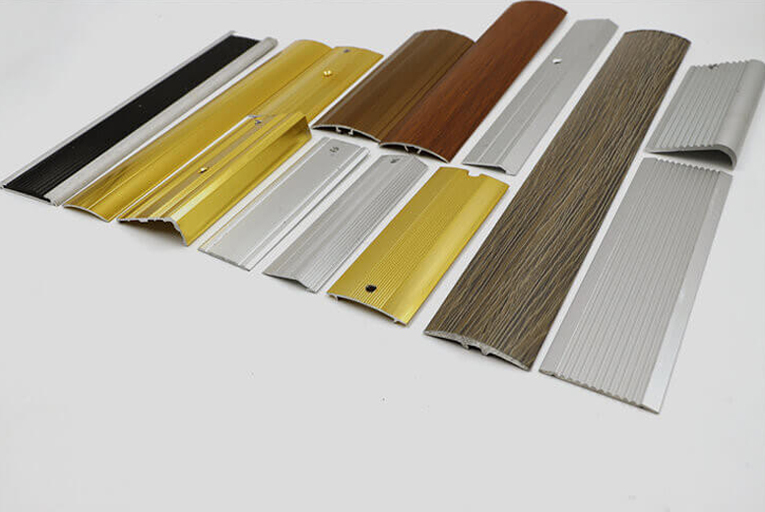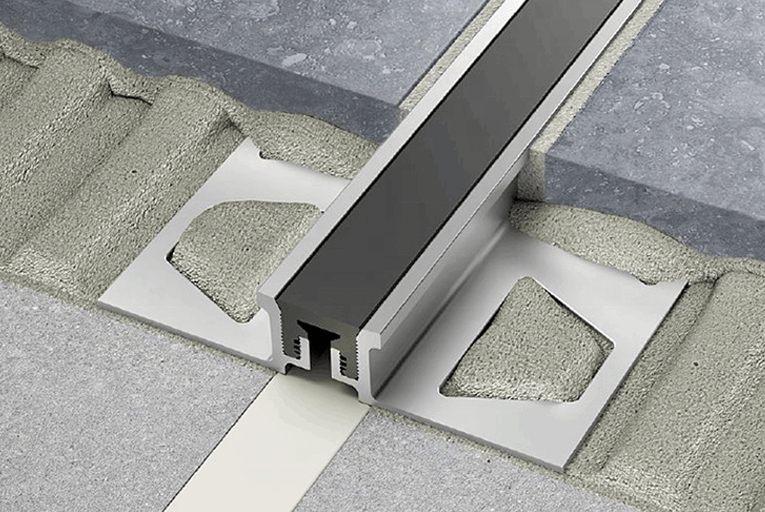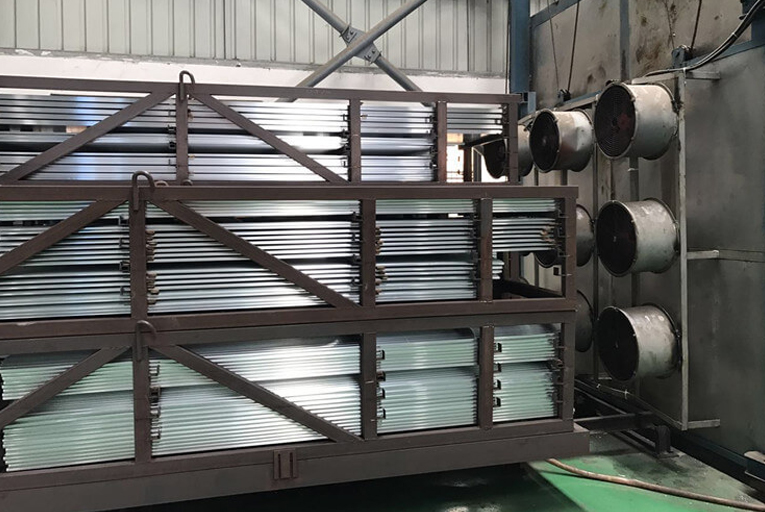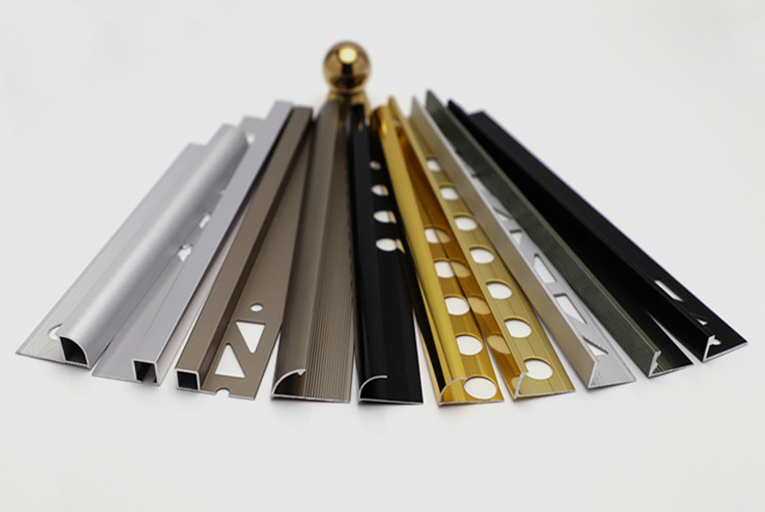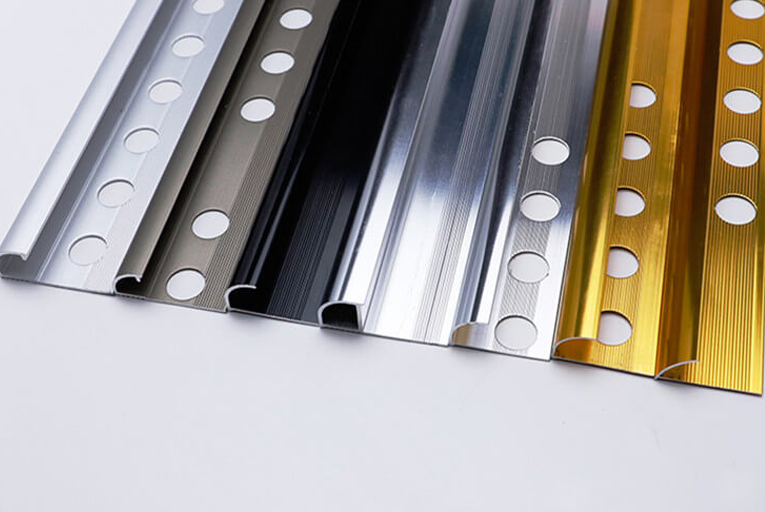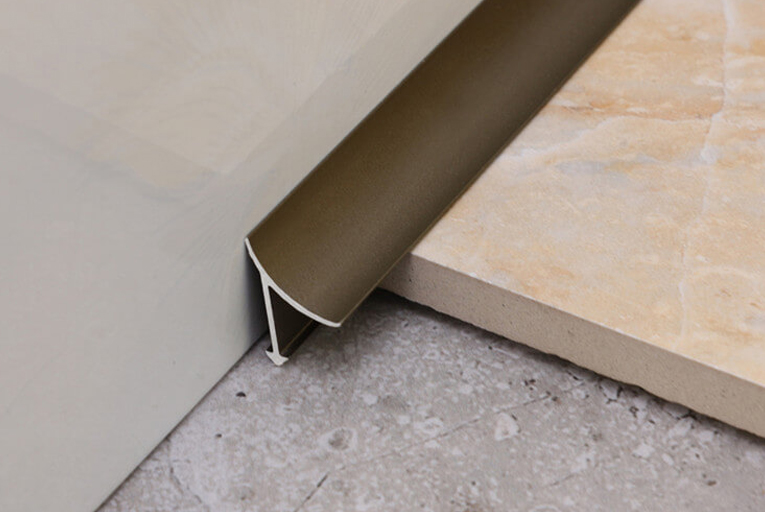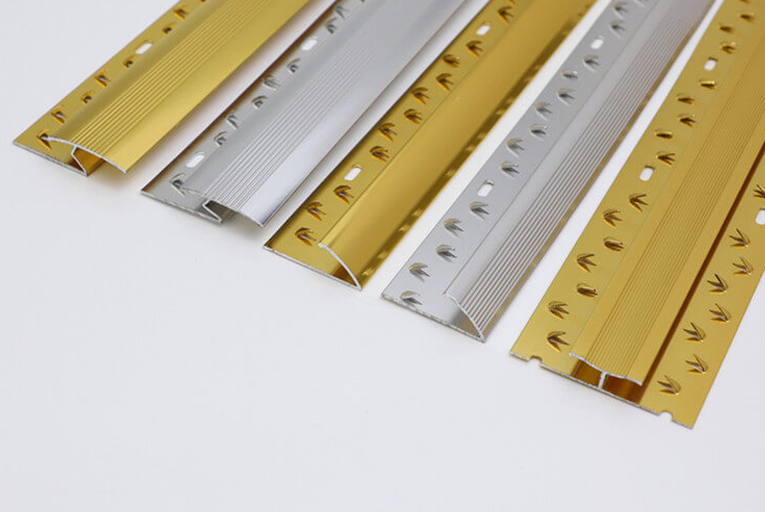Choosing Tile Transition Strips for Different Flooring Materials
In the realm of home improvement, where aesthetics and functionality dance harmoniously, selecting the perfect tile transition strips is an art form that can elevate your space to new heights. These architectural marvels not only bridge the gap between different flooring materials but also add an element of style and cohesion to your interior design.
Ceramic Tile to Hardwood
When transitioning from ceramic tile to the warmth of hardwood, opt for a transition strip that complements both materials. Consider a metal strip with a brushed finish that seamlessly integrates with the modern lines of ceramic tile while providing a gentle transition to the organic texture of hardwood.
Porcelain Tile to Laminate
For the contrast between porcelain tile’s sleek finish and laminate’s textured surface, a T-molding transition strip is your savior. Its angled profile creates a clean separation while minimizing the height difference between the two flooring materials. Choose a T-molding in a color that coordinates with both tile and laminate for a harmonious blend.
Natural Stone to Carpet
Transitioning from the grandeur of natural stone to the softness of carpet requires a more substantial transition strip. A reducer strip with a beveled edge creates a smooth transition while accommodating the thickness difference between the two materials. Opt for a reducer in a neutral color that complements both stone and carpet, allowing them to coexist without clashing.
Vinyl Tile to Tile
When unifying vinyl tile with ceramic or porcelain tile, a transition strip with a flexible profile is key. Consider a rubber or plastic transition strip that can conform to the contours of both materials, providing a seamless and waterproof transition. Choose a color that matches the grout lines for a cohesive appearance.
Considerations for Choosing Tile Transition Strips:
Material: Metal, rubber, plastic, or wood-based strips offer varying durability and aesthetics.
Color: Complement both flooring materials and architectural elements.
Profile: T-molding, reducer, or angled strips create different visual effects.
Height: Ensure the transition strip accommodates the thickness difference between the flooring materials.
Functionality: Choose a strip that provides a smooth and secure transition, especially in high-traffic areas.
By carefully considering these factors, you can select the ideal tile transition strips that will elevate your flooring design, creating a cohesive and visually appealing space that will impress for years to come.
-
The 6 Hottest Tile Trim Solutions for 2021
2022-02-09 -
How to Install Tile Trims Line?
2022-02-09 -
Difference Between Sandblasting and Anodizing Surface Treatment of Aluminum Tile Trim
2022-02-09 -
The Different Uses of Tile Outside Corner Edging Trim and Inside Corner Edging Trim
2022-02-09 -
The Most Popular 5 Different Materials of Tile Trim Line
2022-02-09 -
What is Carpet Cover Trim?
2022-02-09
